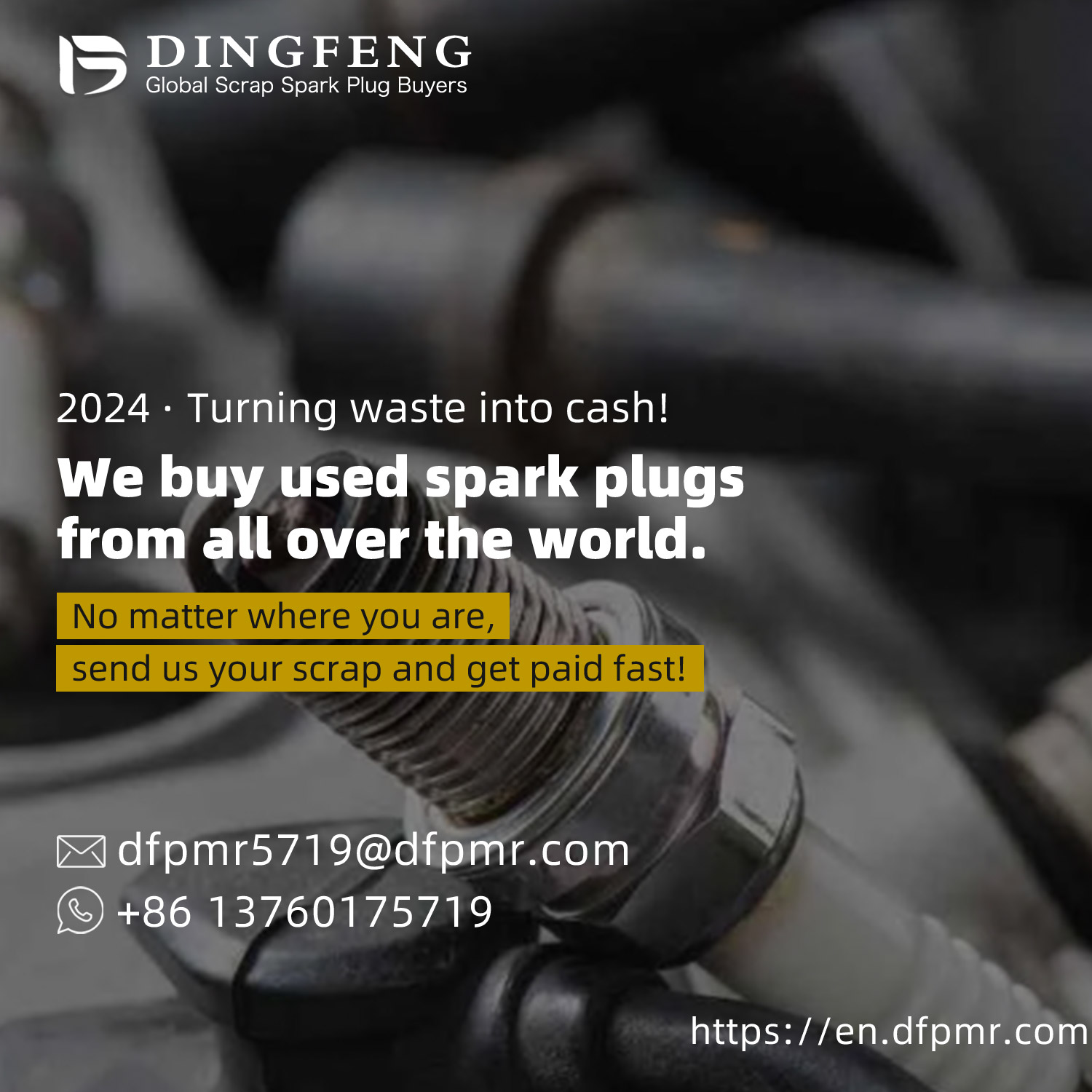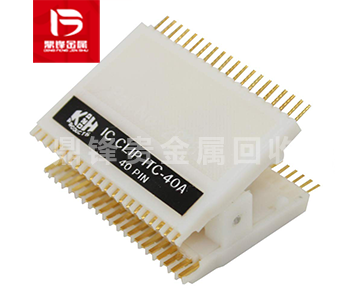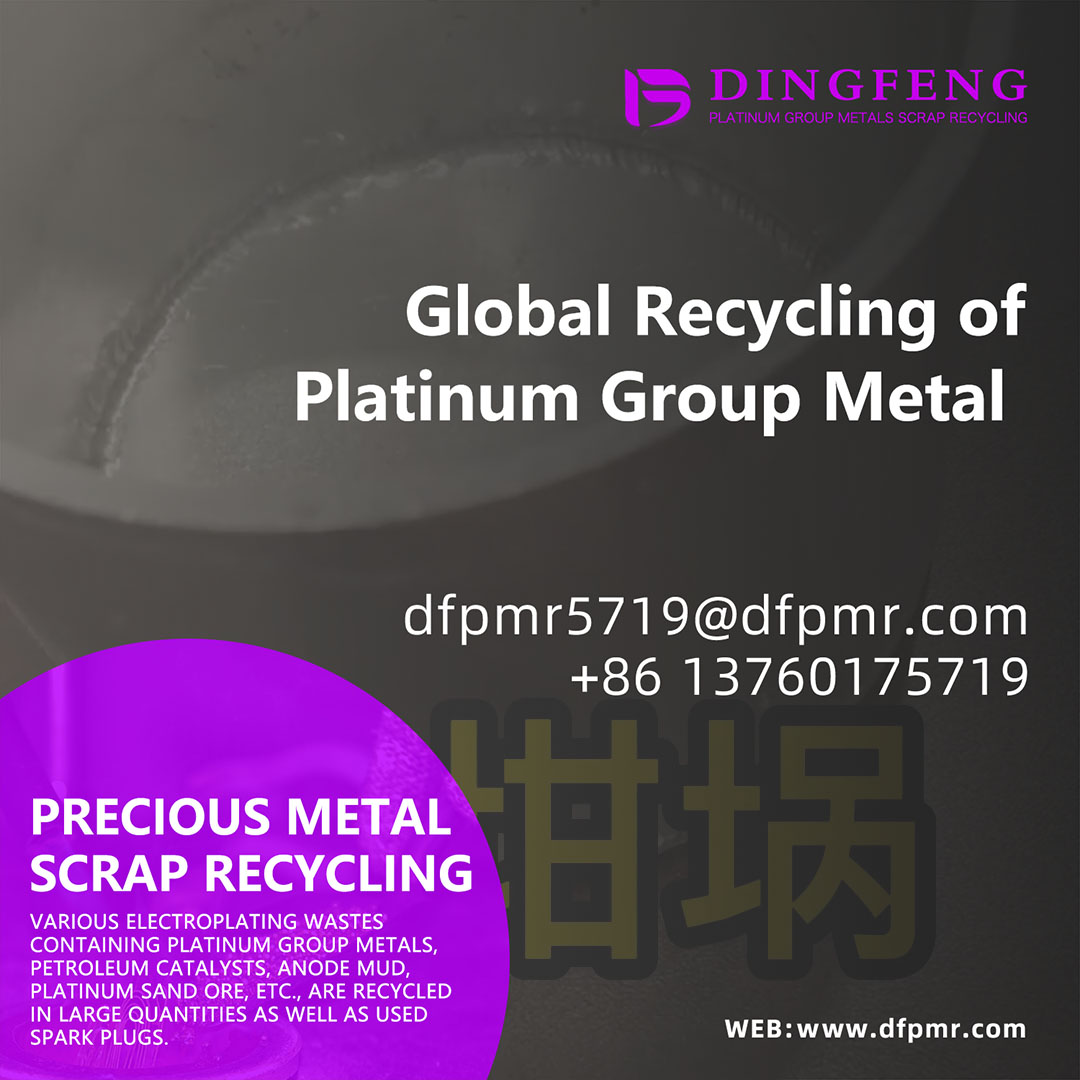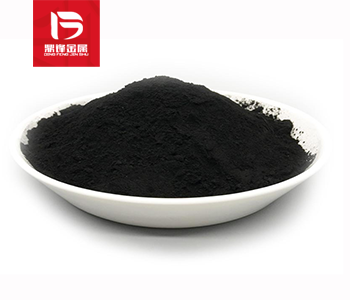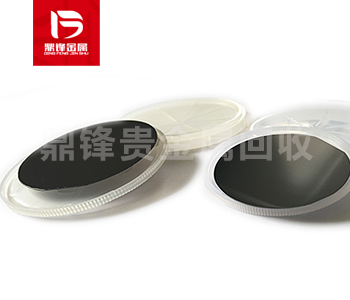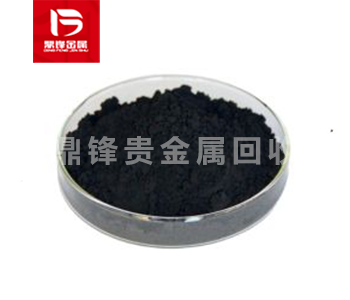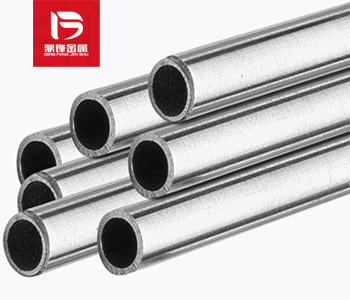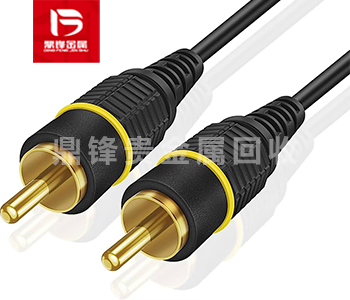Platinum Iridium spark plug recycling_ Automobile spark plug recycling_ Spark plug recycling manufacturer
In today's automotive industry, engine performance has always been one of the focuses of attention. In order to achieve higher combustion efficiency and lower emission levels, various technological innovations have been introduced into the design of the engine. Among these innovations, the iridium spark plug is undoubtedly an important part of engine optimization. Waste iridium spark plugs are one of the sources of waste car spark plug recycling, waste car spark plug recycling sources include platinum spark plug recycling, ruthenium spark plug recycling, iridium platinum spark plug recycling, osmium gold spark plug recycling, double iridium spark plug recycling, etc.
Product Details
What’s Inside a Spark Plug?
A spark plug may seem like a small and unassuming device, but it plays a critical role in the functioning of internal combustion engines, especially in cars, motorcycles, and small machinery. It is responsible for igniting the air-fuel mixture in the engine’s combustion chamber, thereby starting the power cycle. Despite its simple exterior, a spark plug is made up of several complex and highly engineered components, each serving a specific purpose. Understanding what's inside a spark plug helps us not only appreciate its engineering but also realize the recycling potential it offers, especially regarding valuable metals and materials.
1. Core Components of a Spark Plug
- Center Electrode: The central part of the spark plug is the center electrode. This is typically made from a metal like nickel, copper, platinum, or iridium. These materials are chosen for their conductivity and ability to withstand high temperatures and pressures inside the engine’s combustion chamber. Copper is widely used in standard spark plugs, while more expensive options, such as iridium or platinum, offer better performance and longevity due to their higher melting points and resistance to wear.
- Insulator: Surrounding the center electrode is a ceramic insulator, which ensures that the high voltage delivered to the center electrode is not transmitted to other parts of the engine. This ceramic material, often made from aluminum oxide, can withstand the intense heat generated during the combustion process and provides excellent electrical insulation.
Ground Electrode: The ground electrode is positioned opposite the center electrode and is connected to the engine's ground. When the spark plug is energized, a spark jumps from the center electrode to the ground electrode, igniting the air-fuel mixture. Like the center electrode, it is made from high-quality metals to endure harsh conditions.
2.Material Breakdown and Valuable Metals
Copper Core: Many spark plugs feature a copper core because it offers excellent heat conductivity. Copper helps the spark plug dissipate heat more efficiently, preventing engine overheating. However, pure copper is not durable enough for the electrode tips, which is why it’s often coated with more robust metals like nickel or platinum.
Nickel Alloy: Nickel is commonly used in standard spark plugs, particularly for the outer part of the center and ground electrodes. While durable, nickel is not as heat-resistant as iridium or platinum, which is why performance or long-life spark plugs use higher-grade materials.
Platinum and Iridium: Modern high-performance spark plugs often use platinum or iridium for the electrodes. These metals have high melting points (platinum melts at 1,768°C, while iridium melts at 2,447°C) and excellent corrosion resistance, making them ideal for long-lasting spark plugs. These precious metals are also valuable in recycling efforts due to their rarity and high market value.

3. Sealing Gaskets
To ensure that the spark plug is properly fitted into the engine and that combustion gases don’t escape, spark plugs are equipped with metal gaskets or seals. These gaskets are usually made from steel or copper. They provide a secure, gas-tight fit between the spark plug and the engine’s cylinder head, preventing leaks of compressed air and fuel.
4. Heat Range and Thermal Management
The ability of a spark plug to dissipate heat is critical to its operation. Spark plugs are classified by their heat range, which indicates how quickly they can transfer heat from the combustion chamber. A spark plug's internal structure, particularly the insulator's length and the material properties of the center and ground electrodes, determines its thermal management capabilities. A "hot" spark plug retains more heat in the combustion chamber, while a "cold" spark plug transfers heat away more quickly.
Waste iridium spark plugs are one of the sources of waste automotive spark plug recycling, including platinum spark plug recycling, ruthenium spark plug recycling, iridium platinum spark plug recycling, osmium spark plug recycling, and double iridium spark plug recycling. If you have any demand for recycling of used car spark plugs, please call our 24-hour service hotline. Dingfeng Precious Metal Recycling and Refining Factory has its own recycling and refining factory, and there is no profit difference between intermediaries. Our professional technical team and customer service personnel provide one-on-one services to ensure customer privacy during the recycling process.








